My first ride in a Corvette was a memorable one. Still a young teenager working a menial resturant job, I saw a customer drive up in a bright yellow Corvette. And it wasn’t just any Corvette – it was a Z06 of the C5 generation, hot off the pages of the Road & Track magazine I’d recently read. It was destined to be a good day.
I approached the owner and shared my enthusiasm for his car. It must’ve been palpable, because he offered me a ride in his ’Vette after only a few brief moments of conversation. I was floored and soon, his car was too.
I recall reading the “405 HP” badge on the front fender, and wondering what that would feel like as I climbed in and got buckled up. A twist of the key awoke the V8 to a barking, startling rumble. On a suitable side street all 405 horses were unleashed, sealing my appreciation for America’s preeminent sports car. This gentleman’s Corvette burned two parallel, indelible lines onto my heart that day.
Fast-forward to the fall of 2019, and we have much to ponder about Chevrolet’s recently revealed C8 Corvette Stingray.
Unless you’ve been marooned on a desolate, carless island, you’ll have been informed that Corvette engineers have moved their flagship sports car’s engine behind the seats, creating a mid-engine layout that, until now, had only been manifest in Corvette concept cars.
Why did Chevrolet move the engine amidships, and what does this mean for the future of the Corvette?
In four words: physics and race wins.
Indeed, it all boils down to physics, as sports car design ought to. If a vehicle is to be anything special, form must follow function.
“We knew we were in trouble way back in the [sixth] generation when we started doing a ZR1. We had a 638-horsepower engine and it wasn’t until the eve of production—and only because of the super-sticky Michelin tires—that were were quicker from zero-to-60 than the 505-hp Z06,” said Tadge Juechter, Corvette chief engineer, in an interview with Car and Driver.
“So, we had aspirations for higher performance, but we were reaching the limit of the architecture,” lamented Juechter.
With the C7 ZR1, engineers had gone even further, pushing the front-engine Corvette design to the ragged edge of its limits, evolving the super ’Vette into a winglet-wearing high-boost metallic monster fit for a cameo on the set of Transformers. Sure, incremental improvements could still be made thanks to future advances in material science, but a quantum leap in performance would require a fundamental change to the very DNA of the ’Vette.
More weight where it belongs
Mid-engine cars carry their heaviest components close to the rear axle, meaning more of the car’s weight is carried by the rear tires. Weight is correlated to grip, thus moving the engine rearward improves rear traction. On a rear-wheel drive vehicle such as the Corvette, increased rear traction results in improved acceleration as the car is able to put its power to the ground more effectively.
But the benefits don’t end there. Centralizing mass improves a car’s agility – its ability to rapidly change direction. Imagine sticking a paperweight at the end of a ruler before attempting to flick the tip of the ruler back and forth. Moving the same paperweight to the centre of the ruler, or even closer to your hand, will greatly reduce the effort required to move it back and forth.
The physicists in the room will define this as the moment of inertia, which pertains to inertia in rotating objects. When you steer a car, you are in effect making it rotate. Mass contributes differently to rotational inertia depending upon its distance from the axis of rotation (which, on a car, is at the rear axle). The contribution of mass to the moment of inertia increases by the square of the distance to the axis. Therefore, moving the engine very close to the rear axle dramatically enhances a car’s agility. The new C8 Corvette is surely blessed with the ability to change direction like a house fly; it will make Corvettes of previous generations feel like land-yatchs by comparison.
More weight on the rear wheels will also allow the rear brakes to share more responsibility while decelerating, which means the new Corvette will be more stable under braking, with shorter overall braking distances.
Mid-Engine Benefits Abound
The list of mid-engine benefits is lengthy, but worth considering as we await our first stint behind the wheel of Chevrolet’s eigth-generation Corvette.
Moving the engine rearward allows for a more minimalist front-end design, since there’s less to house up front. This affords designers the freedom to focus on aerodynamics, decreasing the frontal area while channelling air more effectively over, under and around the body, through cooling radiators, and to the rear spoiler and diffuser, if so equipped.
Placing the engine just fore of the rear axle dramatically decreases the distance between the engine and the drive wheels, which means the drive-shaft (a.k.a. prop-shaft) is much shorter, and shorter means lighter. A short drive-shaft also exposes the chassis to less engine torque, since the entire length of the car isn’t countering the twisting force exerted by the drive-shaft. This may mean less chassis reinforcement is required, which may translate into weight savings.
Moving the engine rearward also allows for shorter exhaust pipes, and shorter pipes means better engine breathing with less back-pressure, and less weight added by the exhaust system.
Moving the engine behind the driver also makes for excellent forward sightlines. In the C8 Corvette, the cockpit has migrated forward by 41.9 cm (16.5 inches), which places your feet nearly over the front wheels. The field-of-view out of this sports car is going to be excellent, which will come in handy while attacking racetracks and carving backroads.
Finally, a mid-engine design allows for dual trunks. Thanks to the addition of a front-trunk (think fanny-pack, but sexy), the new Corvette will feature a total of 356.8 liters (12.6 cubic feet) of cargo volume – enough to pack two sets of golf clubs or at least two carry-on suitcases with a few laptop and camera bags thrown in.
Stunning in the looks department
This is not your father’s Corvette. That’s not to say your father’s Corvette was anything less than attractive – but the C8 is on a whole other level, entering the world of exotica. Chevrolet says the new ’Vette design was inspired by the F22 and F35 fighter jets. They also mentioned Formula One cars in their press release, though that connection may be more of a visual stretch. Regardless, it’s beautiful in photos, and we suspect it will be even more tantilizing in person.
The C8 will be the most customizable Corvette to date, with 12 exterior colours on option including: Torch Red, Arctic White, Black, Blade Silver Metallic, Shadow Gray, Ceramic Matrix Gray, Long Beach Red, Elkhart Lake Blue, Sebring Orange, Rapid Blue, Zeus Bronze and Accelerate Yellow.
Six interior colour themes will also be available when ordering your new Corvette, including: Jet Black, Sky Cool Gray, Adrenaline Red, Natural/ Natural Dipped, Two-Tone Blue and Morello Red.
In a nod to exotic cars hailing from across the pond, seat belts will also be customizable with six colour options: Black, Blue, Natural, Torch Red, Yellow and Orange.
Finally, you can dress things up with two optional stitch packages: Yellow and Red. Standard black interiors will feature Sky Cool Gray stitching.
It all sounds rather nice, and it shows well in early photos, too.
Attention to Detail
Whereas Corvettes have always been greater than the sum of their parts, previous generations have left a few things on the table, and borrowed from a few not-so-sexy parts bins. This has changed with the new Corvette.
Cheap plastics, poorly finished surfaces and sub-par fit-and-finish will detract from even the most beautifully shaped sports cars, and we’re thrilled to learn of Chevrolet’s commitment to quality craftsmanship and attention to detail in the C8 Corvette.
“Every part, including the exhaust system’s wires, tubes, routing fasteners, coolant hoses, exhaust manifold and even the bolts and fasteners, is built with appearance in mind,” says Chevrolet in its press release. “All engine components were given careful consideration just like the exterior, and even the heat shields are textured.”
In some respects, what’s not visible will also add to the Corvette’s polished appeal. Newly designed door, hood and hatch releases are completely hidden, allowing your eyes to move across surfaces uninterupted.
This level of art-in-design will make the Corvette feel special in a way it hasn’t quite managed before, as you can peruse every detail, noting artful finishes and plenty of easter eggs. The longer you study the details of the new Corvette in person, the more it will reveal to you. This, as much as its mid-engine design, sounds exotic.
The Interior
Bringing up the interior of a Corvette is impolite in some circles. There’s a reason for this.
To be blunt, a few generations of Corvettes were shockingly unattractive from the inside. It felt as if GM lent the Corvette folks steering wheels from the Sierra pickup, plastics from the Malibu, and seats from a penalty box. No matter how beautiful the exterior, Corvettes have felt anything but special from the inside – save for the first generation Corvette from the 1950s, which had a spectacularly beautiful interior.
It seems the Corvette’s interior has finally come full circle. We’ll reserve final judgement until we’ve spent some time in it, but Chevrolet says the 2020 Stingray boasts “premium interior materials executed at a high level of quality and craftsmanship.”
They’re certainly not messing around. The new ’Vette’s interior features hand-wrapped, cut-and-sewn leather with “thick press” stitching, which sounds more remincient of Aston Martins than Chevrolets. The Detroit automaker also mentions “generous use of real metal,” with stainless steel speaker grilles (hiding a Bose Performance Series audio system), and the choice of real aluminum or genuine carbon-fiber for console and door trim plates.
And how about the seats?
There’s nothing worse than sliding around on slippery leather whilst attacking a road course, and at long last, Chevrolet has addressed the mediocrity that previously befell Corvettes in the seating department.
The new Corvette brings three seat options to the table:
GT1 –sporty, but with an emphasis on comfort. Features Mulan leather trim, optional two-way lumbar support and wing adjustment.
GT2 – A blend of comfort for long trips courtesy of dual density foam, along with more aggressive bolstering for improved sport driving performance. They include carbon fiber trim, a Napa leather insert, Mulan leather bolsters, a jet black-painted seat back, two-way lumbar support and wing adjustment, plus heating and ventilation.
And finally, Competition Sport – designed for track-duty, featuring aggressive bolsters, full Napa seating surfaces and carbon fiber trim on the headrest, heating and ventilation, along with an all-new durable performance textile inspired by Kevlar vests. These are the seats you’ll want to order.
A new two-spoke steering wheel design is a notable addition, now squared off on top and smaller in diameter than the wheel it replaces. This shape will enable an unobscured view of the 12-inch cluster display placed behind it.
The Heart of the Beast
Chevrolet’s next-generation 6.2L small block V-8 LT2 engine is key to the new Corvette’s personality and performance, producing 495 horsepower and 470 lb-ft of torque when equipped with the optional sport exhaust.
With increasingly stringent government regulations forcing an unfortunate global trend toward the turbocharging of all engines, the new Corvette remains a bastion of naturally-aspirated glory, endowed with instant throttle response and a racious exhuast note. In fact, it’s the only sports car in its class to sport a naturally-aspirated engine. We dig the old-school heroics.
“Though now placed behind the driver, the LT2 gives the same visceral experience we all expect from Corvette,” said Jordan Lee, GM’s global chief engineer of Small Block engines. “The LT2 has been designed to deliver excellent low-end torque and high-end power to give thrilling pedal response at any RPM.”
The engine is now showcased under a lightweight, 3.2mm-thick glass panel on the rear hatch, evoking the design of the Ferrari 360 Modena, which was the first production sports car to place its engine under glass for all to see.
No More Clutch Pedal
Chevrolet has thrown tradition to the wind in the transmission department, eschewing a manual gearbox (or even the option of one, to the best of our knowledge) in favour of an eight-speed dual-clutch transmission. This transmission was designed in partnership with TREMEC, and Chevrolet says it has achieved incredibly quick shift speeds – so quick, in fact, that they barely show up on acceleration graphs.
Taking a page from Porsche, a double-paddle de-clutch feature allows the driver to disconnect the clutch by holding both paddles in, allowing the driver to drop the clutch, or rev the engine freely on demand.
Engineers chose a very low first gear ratio in the DCT to leverage the additional traction available from the mid-engine design. This will help the car leap off the line quickly, followed by close-ratio gears from second through sixth, which are designed to keep the engine near its peak power output when revving through the gears. Tall seventh and eighth gears allow for more relaxed long-distance cruising with low noise and improved fuel economy.
The Tunnel Dominant Approach
Of some interest is what Chevrolet describes as its “tunnel-dominant approach” to the Corvette’s chassis design. In essence, they’ve constructed the Corvette’s chassis around a central spine, which has been engineered to be incredibly strong.
Engineers say it offers many advantages, including improved torsional rigidity, excellent ingress/egress despite the mid-engine vehicle design (no need for oversized rocker panels to bear structural and load weights as seen on some competitive mid-engine sports cars), a low centre of gravity, and the preservation of Corvette’s standard removable roof panel, which can be stored in the rear trunk.
This tunnel dominant approach also allowed for the availability of both left- and right-hand-drive variants, which is a first for Corvette, and will allow the car to be sold in many more markets around the world, including the U.K., Australia and Japan.
Performance on the Far Side of Extroardinary
Rest assured, this new Corvette is a veritable supercar. Chevrolet claims the new Stingray will reach 60 mph (96.5 km/h) in under three seconds when equipped with the Z51 Performance Package. That is staggering acceleration – commensurate with hypercars from recent years, including the first generation Bugatti Veyron.
The C8 Corvette’s next-level performance is made possible in part by its impressive dry weight of 1530 kilograms (3366 lbs).
Another major development in the C8 is the adoption of a double-wishbone suspension with coil-over dampers at all four corners. The Corvette has finally traded its longstanding rear transversely-mounted leaf-spring design for a thoroughly modern setup, and it’s sure to be a much more capable sports car for it.
In case you’re wondering, the Z51 Performance Package will include a performance suspension, larger brake rotors, enhanced engine, drivetrain and brake cooling, a shorter specific axle ratio, and a performance exhaust.
With its newfound balance and agility, what kind of cornering speeds will the new Corvette be capable of?
Chevrolet says the new base-model Covette can achieve nearly 1G of lateral acceleration on Michelin’s all-season performance tire! The Z51 package on summer performance rubber is sure to surpase 1G of lateral acceleration, and forthcoming performance models, including the Z06 and ZR1, are sure to push the handling envelope even further.
Assisting to put the power down while exiting corners is an electronic limited-slip differential, which as been integrated into the transaxle.
Aerodynamics have been dramatically improved on this eighth-generation Corvette, which now produces 400 pounds of downforce at speed thanks to the combined effects of a large front splitter and two-piece rear spoiler.
GM’s much loved Magnetic Ride Control dampers will be available on the new Corvette. Version 4.0 of this technology promises better road holding and further improved ride quality when you’re not spanking it.
Those who weren’t born with the driver’s gene will appreciate Chevrolet’s Performance Traction Management system, which can make you look like a hero on track thanks to varying levels intervention; the computer will allow some wheel-spin and sliding, but will ultimately prevent you from swapping ends.
Given the Corvette’s newfound cornering speeds, even base model cars will receive an engine-mounted dry-sump oil system with three scavenge pumps to protect the engine during sustained track use.
Racing Pedigree
Let’s not kid ourselves – one of the main reasons Chevrolet switched to a mid-engine chassis design was to go racing, and win. Corvette’s racing program is very valuable in terms of its marketing reach, positioning the Corvette as a halo car.
The Corvette has proven itself to be a formidible race car over the years, with the C6.R serving as a particularly spicy high-watermark for the racing program.
The Corvette factory race team has won Le Mans eight times (take that, Ferrari!), and has claimed numorous victories in other racing series across the globe. With a new mid-engine layout to build upon, the new C8.R is destined to be a fearsome race car when it launches sometime next year. I’d place my wager on the stingray-badged horse.
Pricing and Availability
The poor man’s Ferrari adage has never rang more true. The all-new Chevrolet Corvette will start at $59,995 USD in the United States, and at $69,998 CAD in Canada. That is a lot of car for well under 100K.
In the U.S. the 2LT trim package will start at $67,295 while the top-level 3LT trim package will start at $71,945. Add roughly 10K to convert to Canadian pricing.
As for availability, the 2020 Chevrolet Corvette Stingray will go into production at GM’s Bowling Green assembly plant in late 2019, but if you haven’t already placed an order, its unlikely you’ll score an allocation until sometime in 2021. This Corvette is undoubtedly the supercar bargain of the century, and high demand combined with limited supply will conspire to create long wait lists. Still, it’s worth getting in line.
Patience is a virtue, and if you’re particularly virtuous, it would serve you well to put a deposit down on the forthcoming Corvette Z06. Just the thought of this car makes my pulse rise a few BPM.
Only a Matter of Time
“As America’s most iconic performance nameplate, redesigning the Corvette Stingray from the ground up presented the team a historic opportunity, something Chevrolet designers have desired for over 60 years,” said Michael Simcoe, vice president of Global Design, General Motors.
“It is now the best of America, a new arrival in the mid-engine sports car class. We know Corvette can stand tall with the best the world has to offer.”
We’re confident Corvette’s factory drivers will soon be standing tall on the top steps of podiums from Sebring to Le Mans.
[Photo credit: Chevrolet]
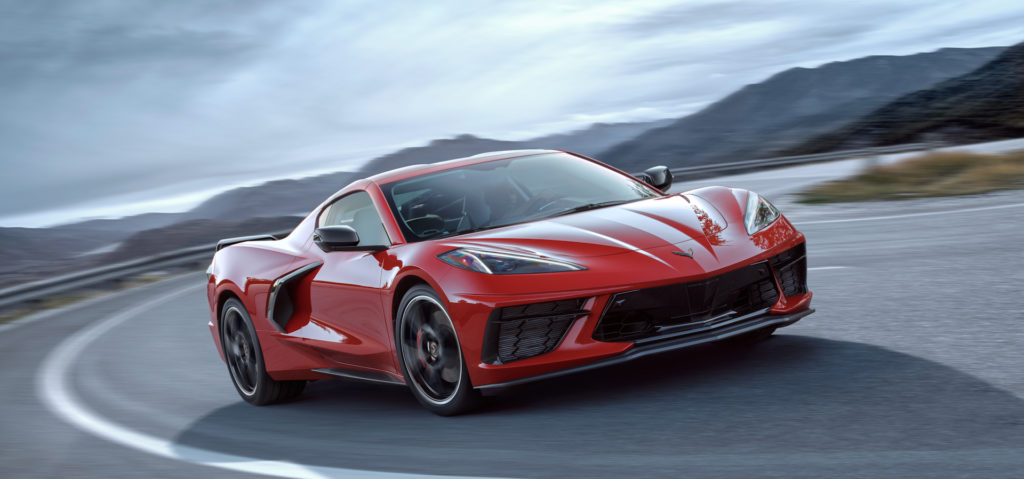
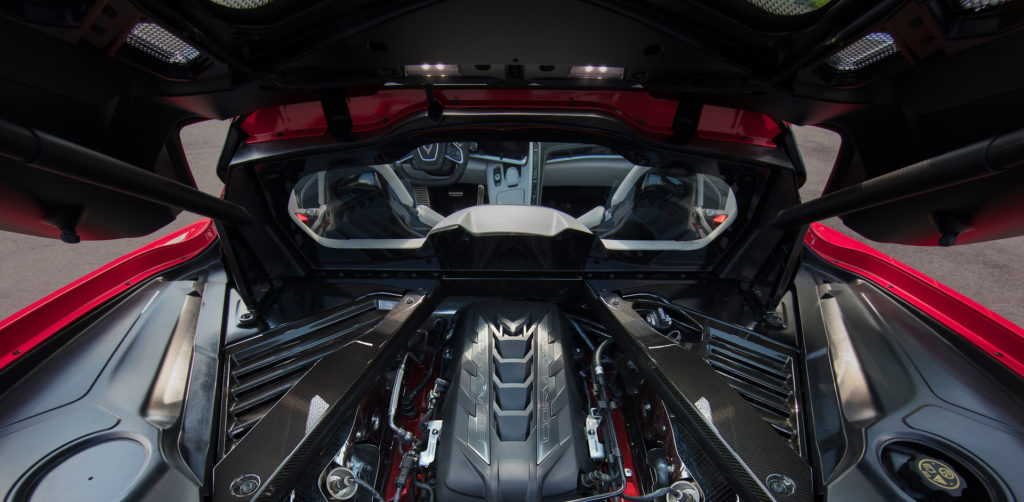
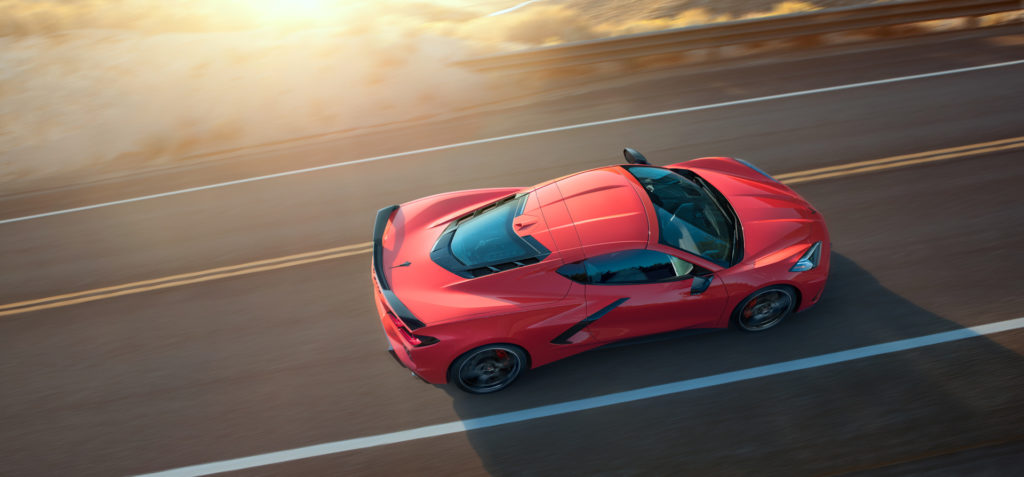
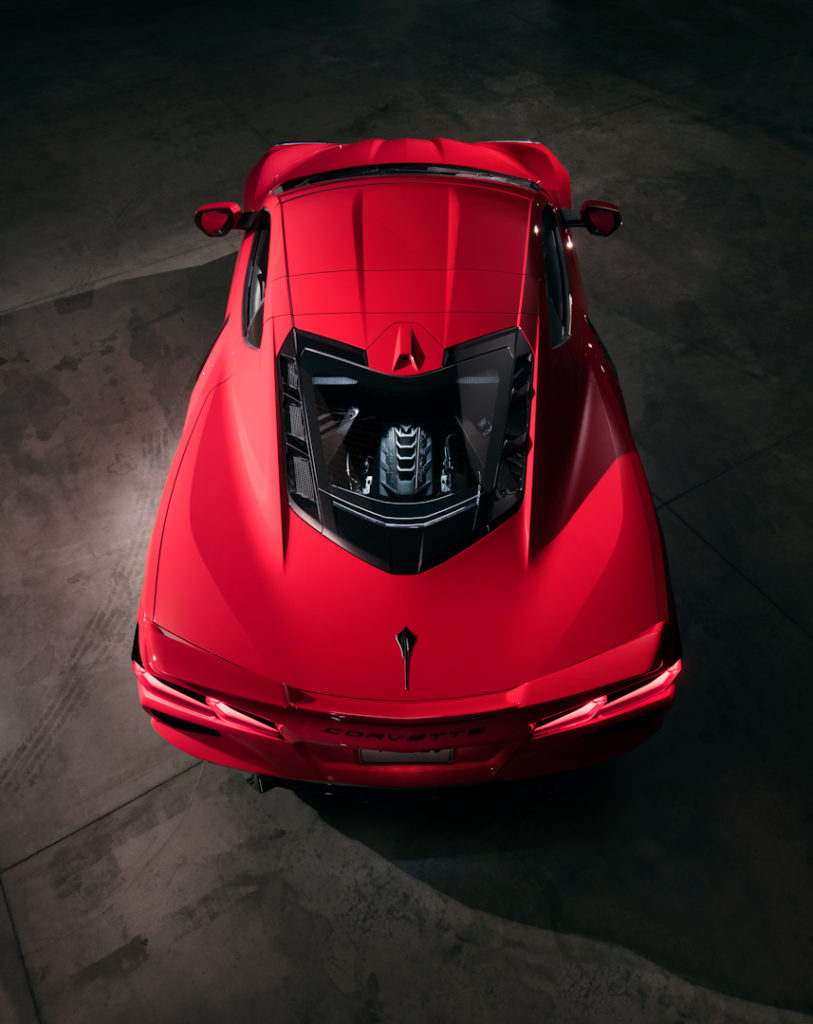
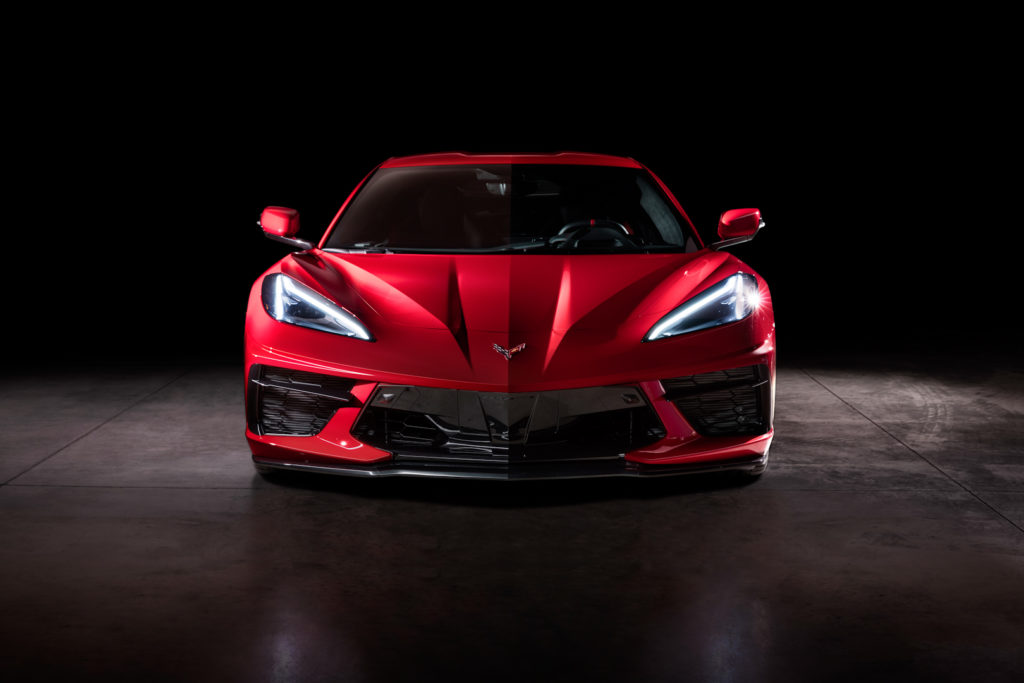
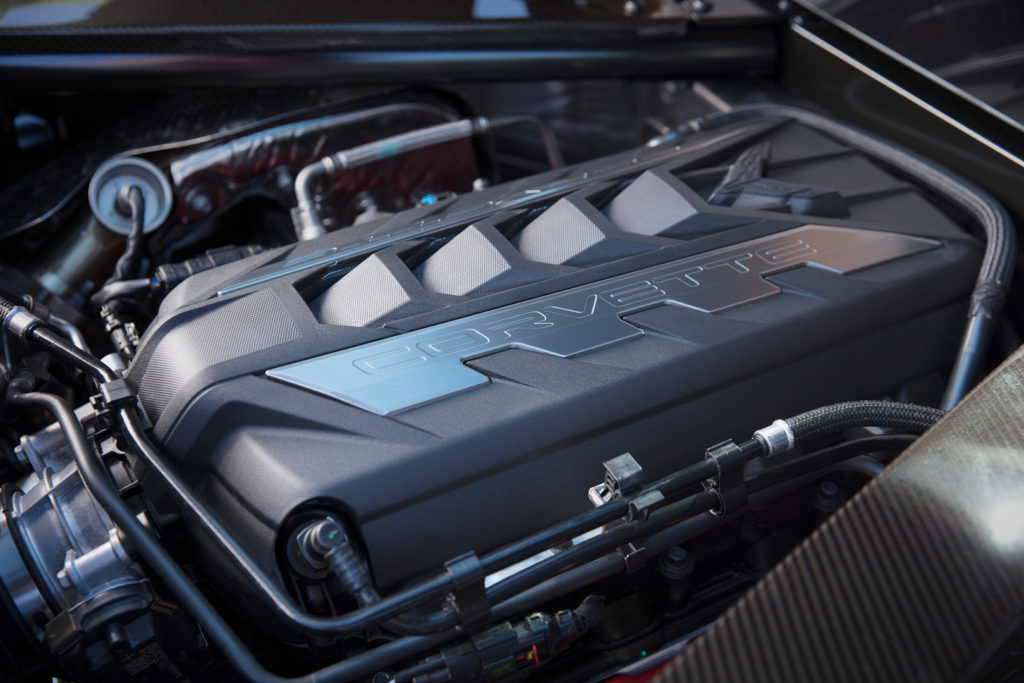
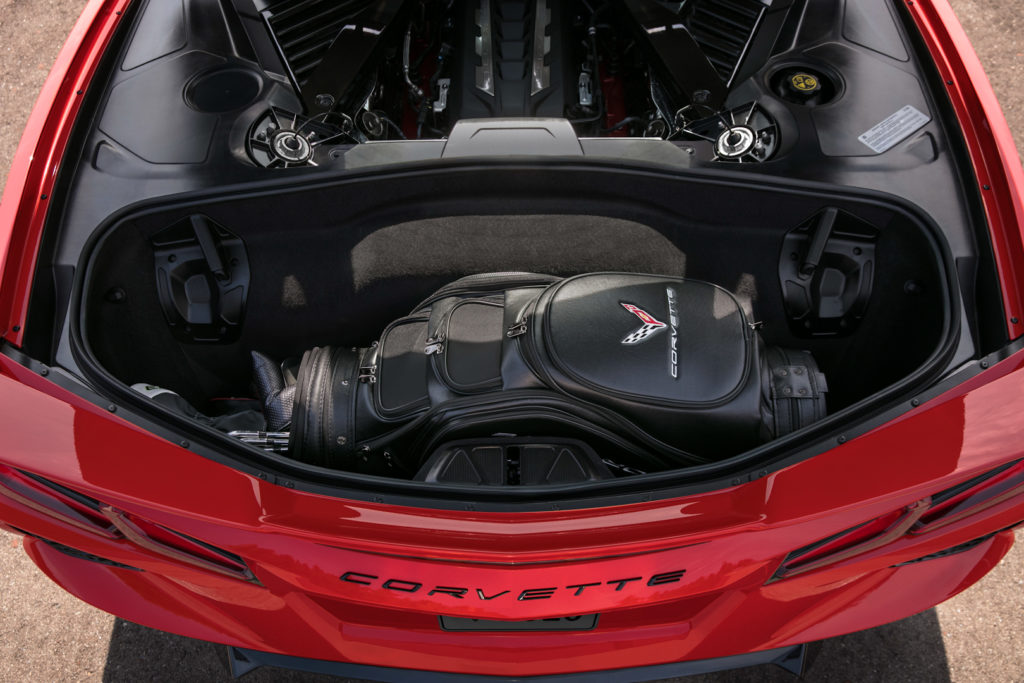
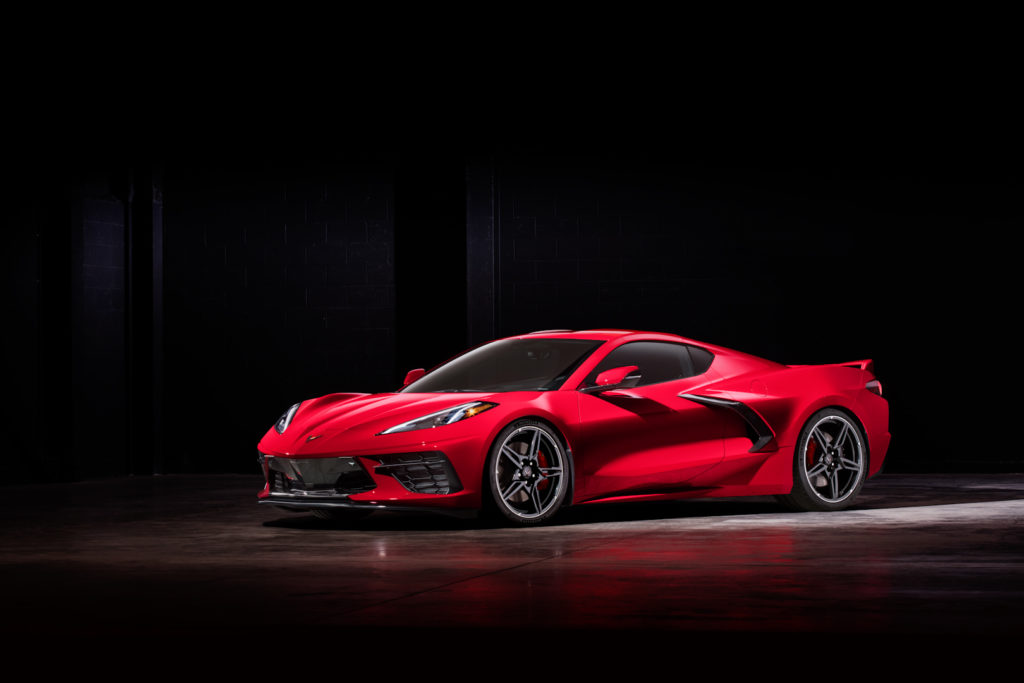
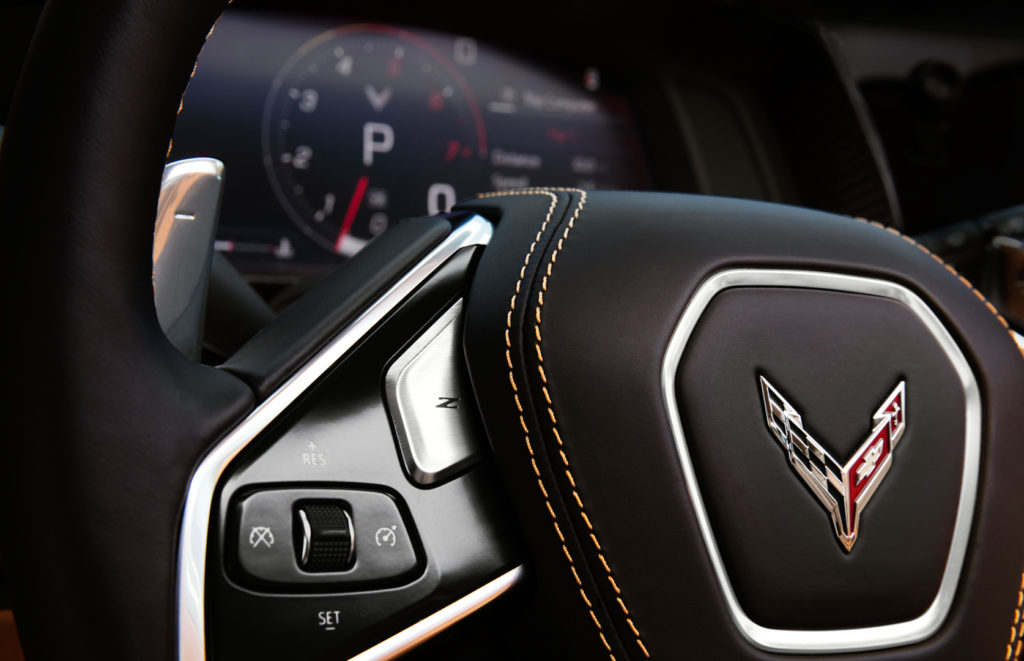
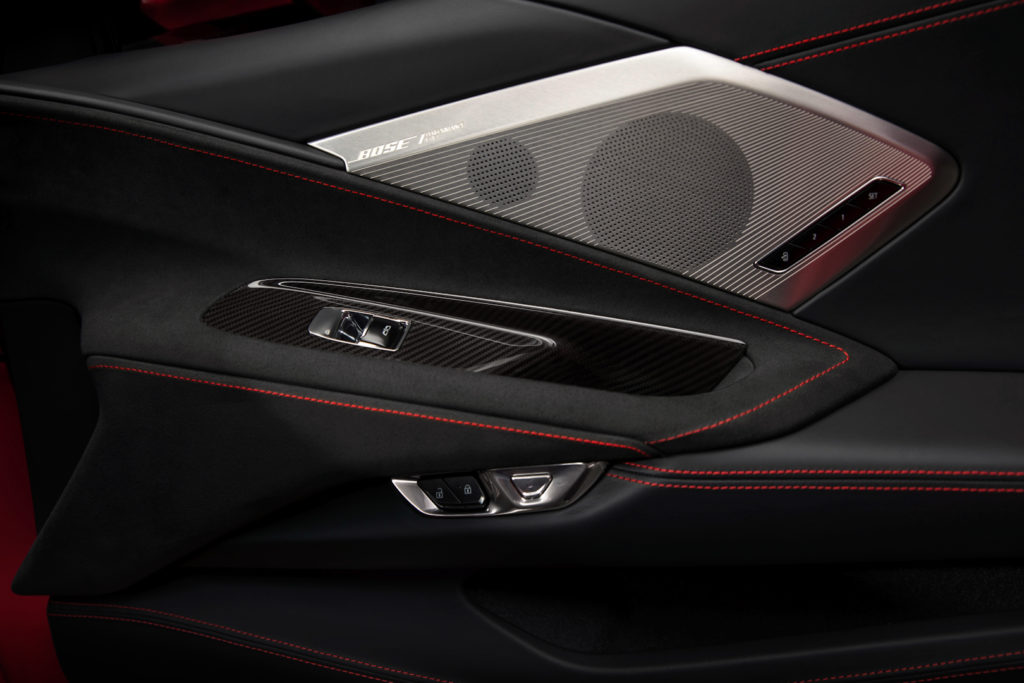
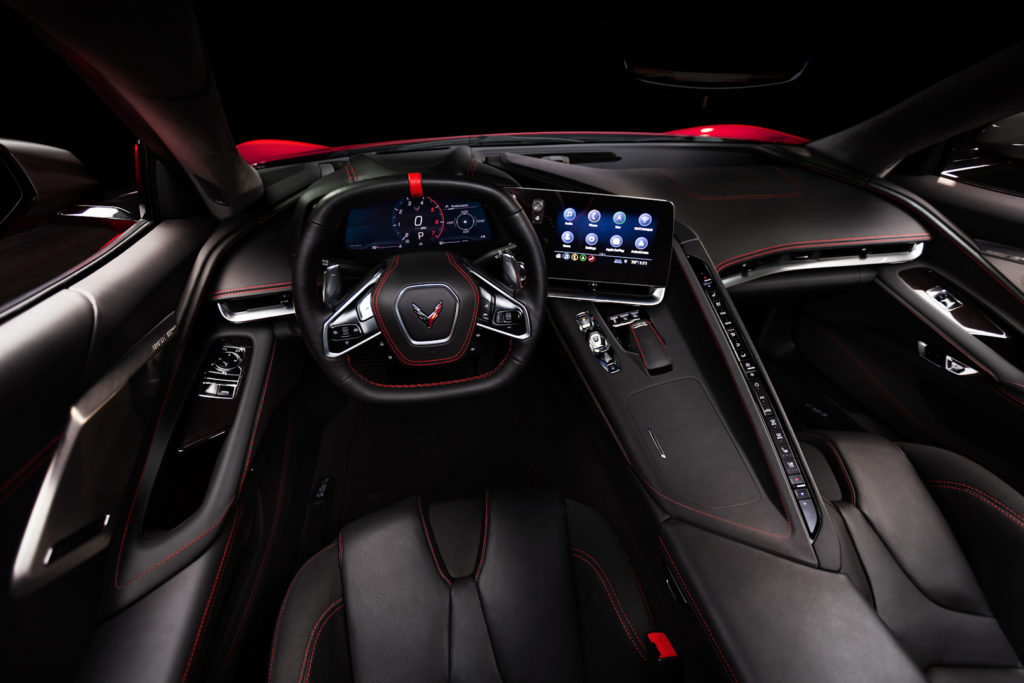
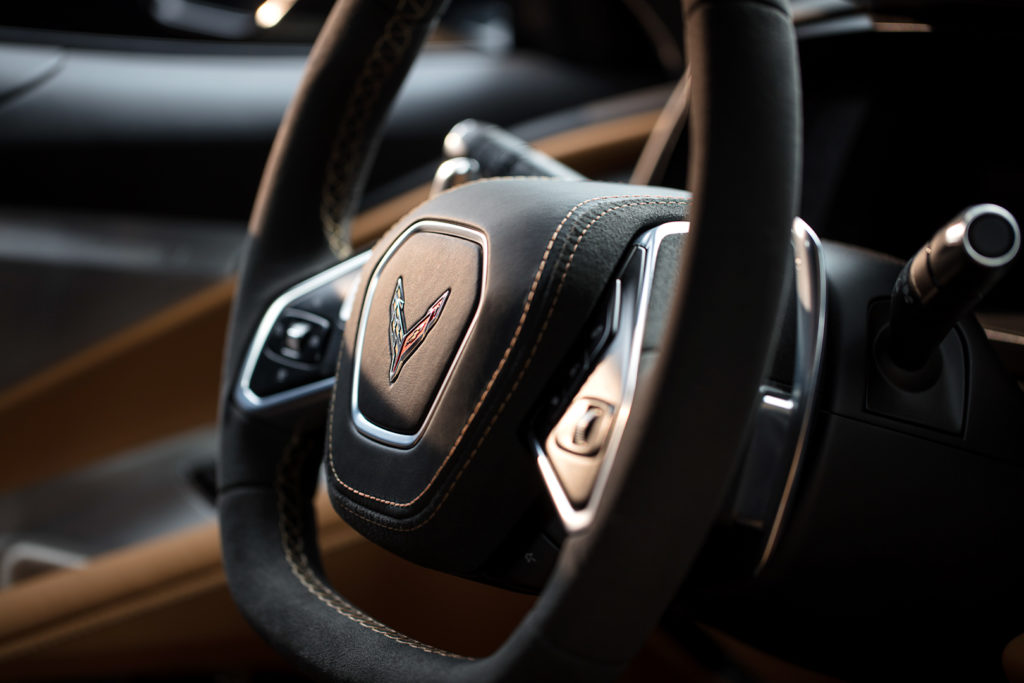
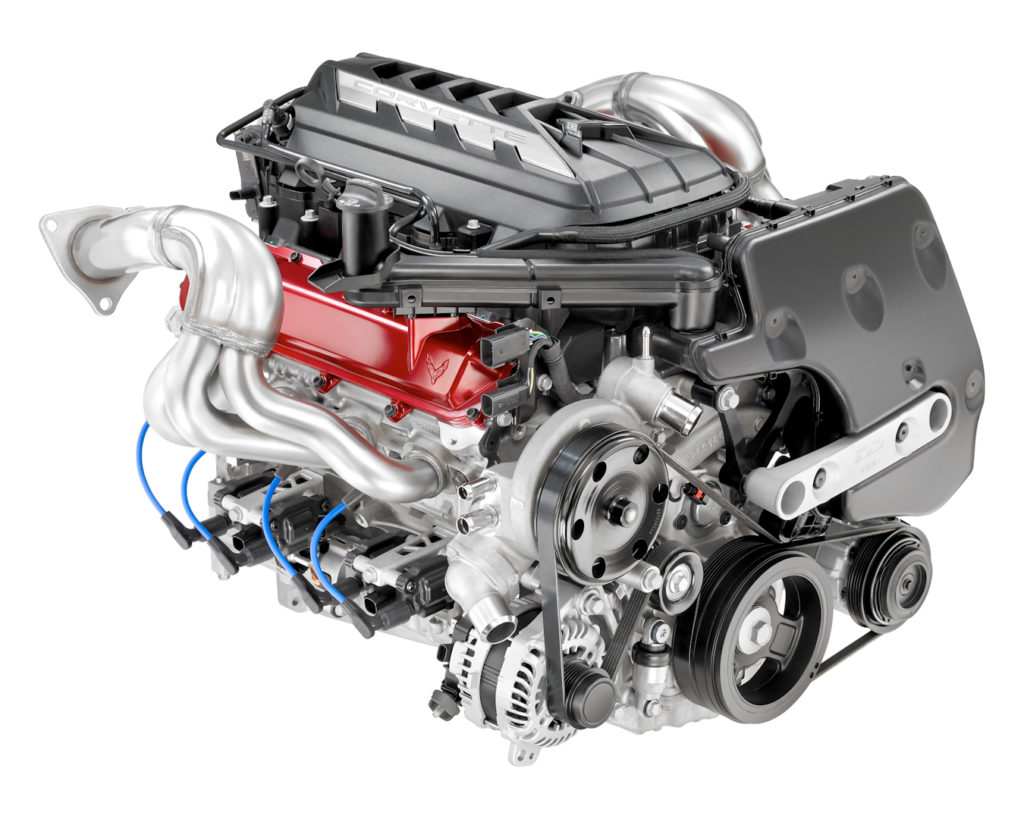
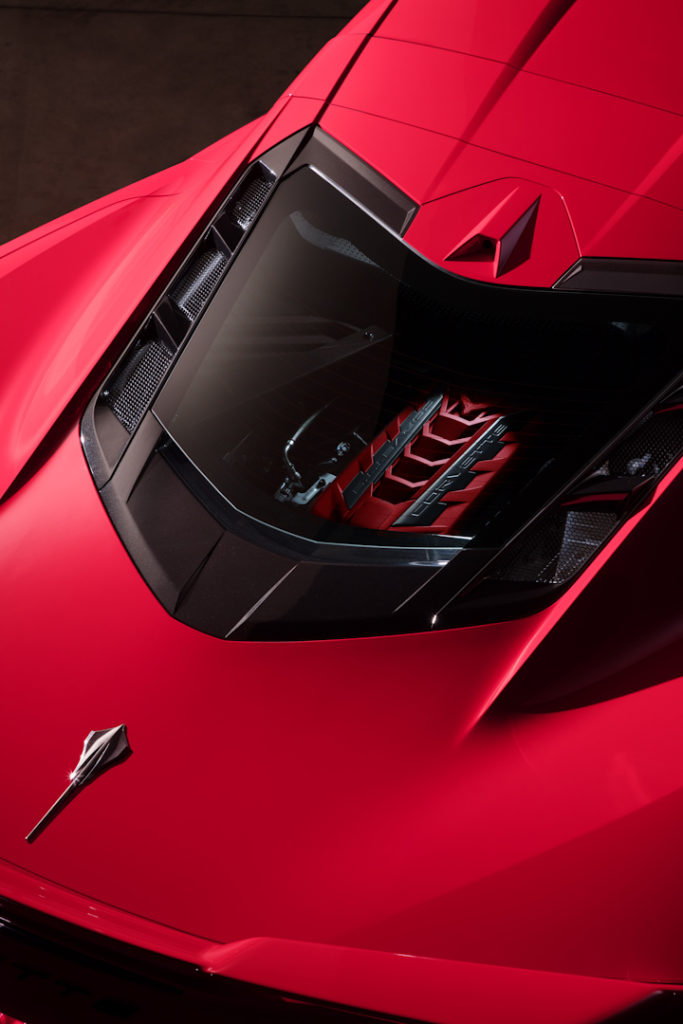
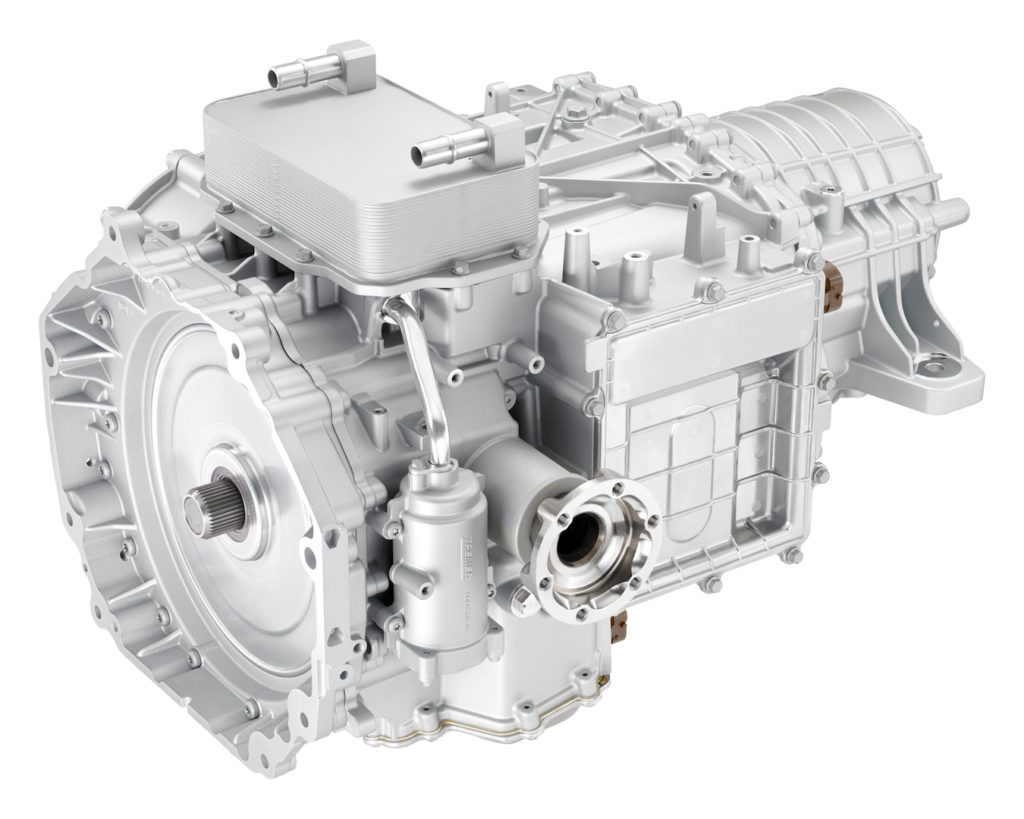
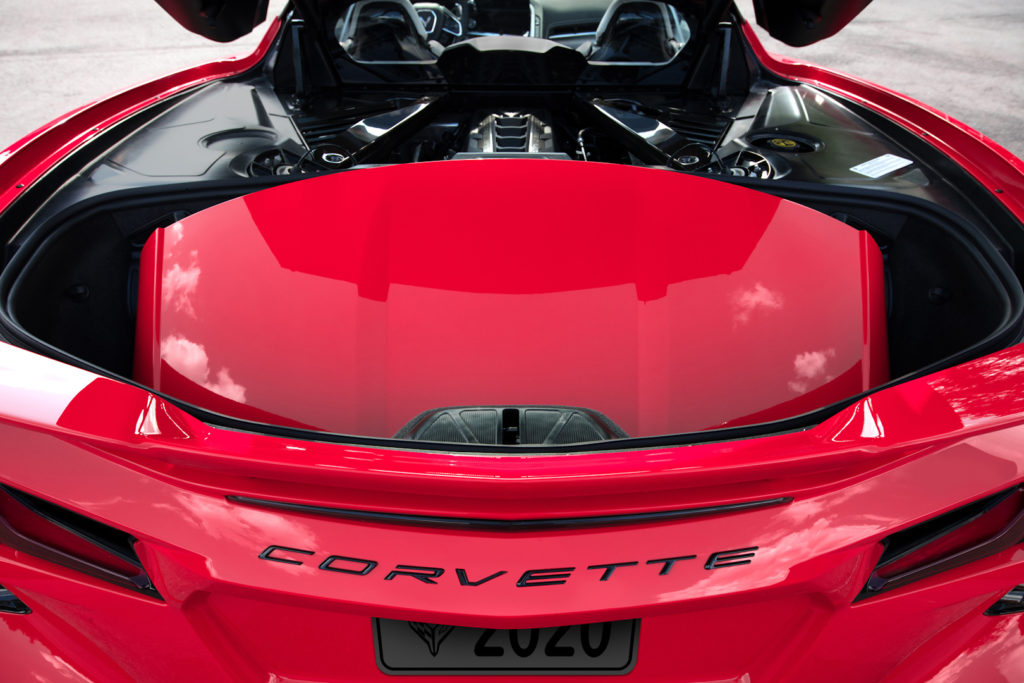
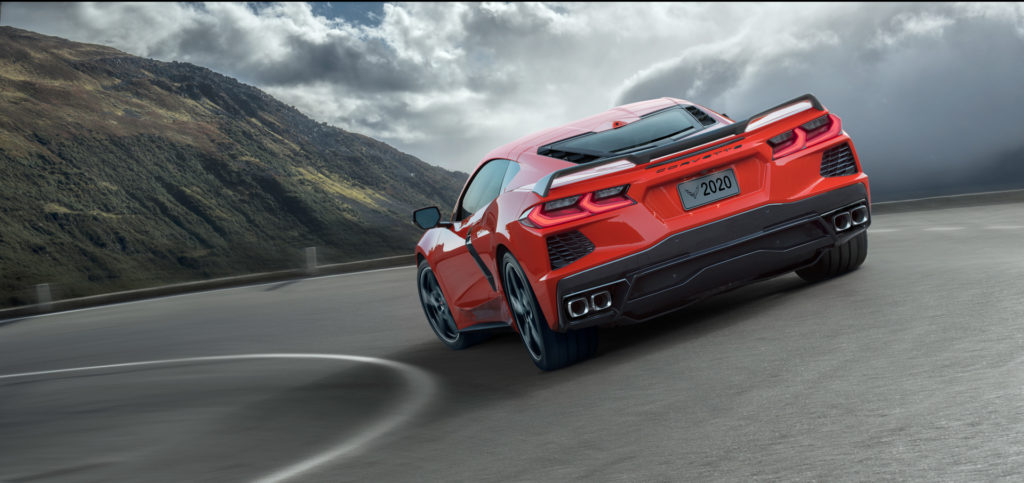
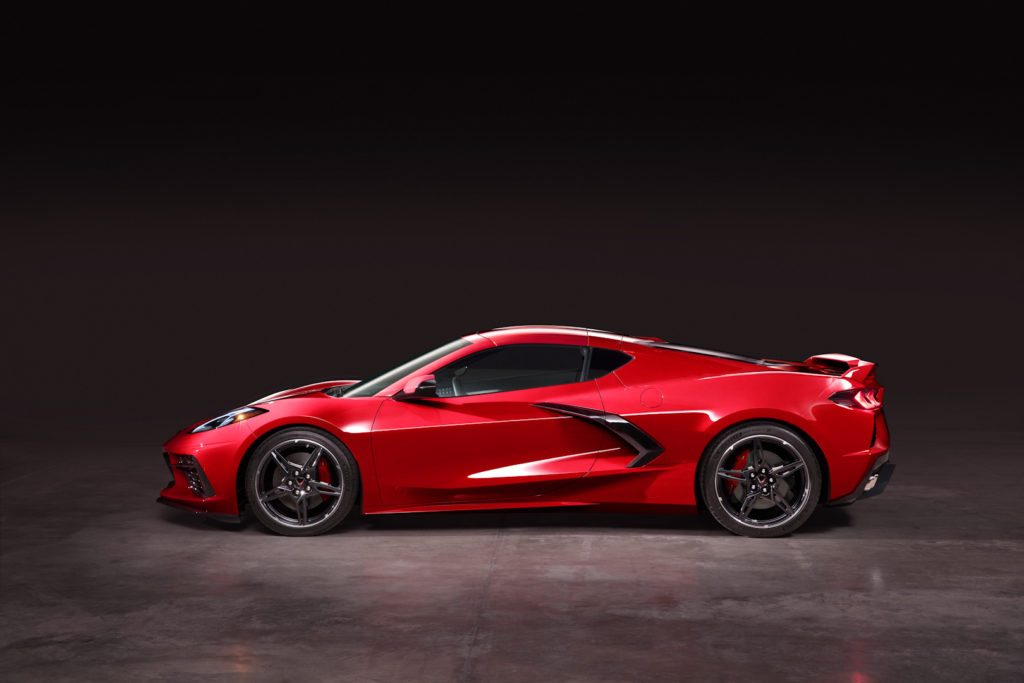
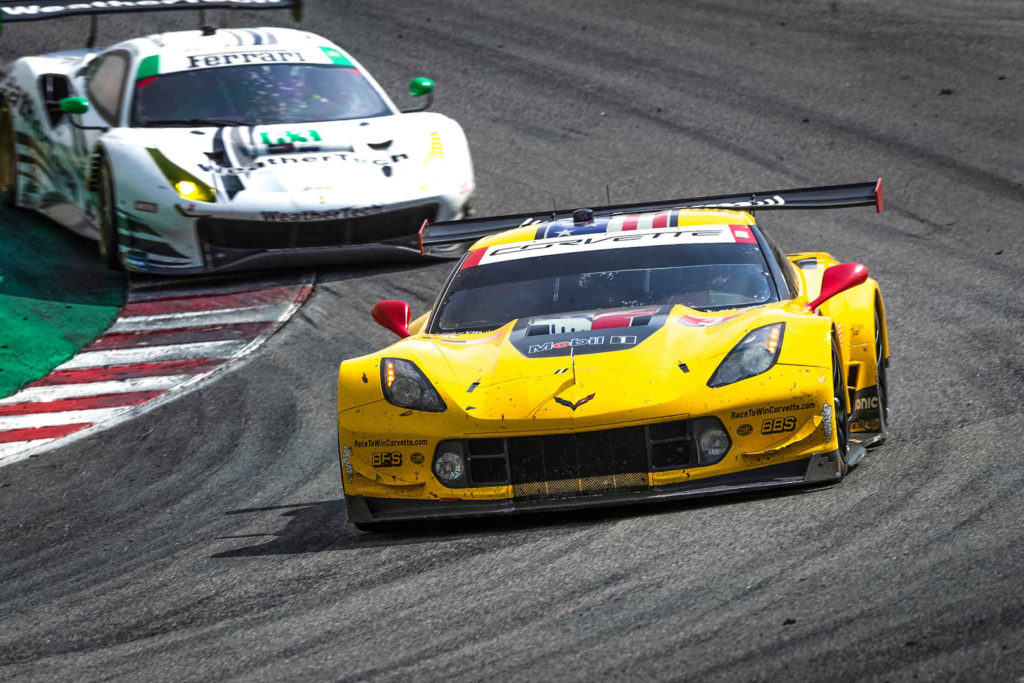
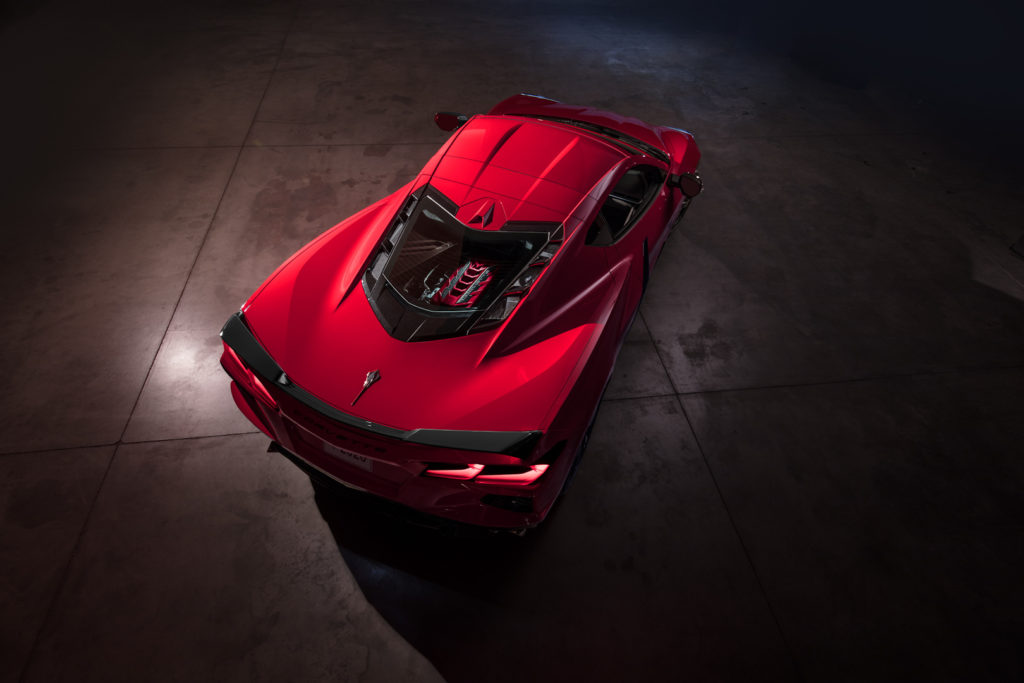









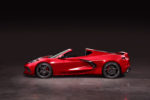




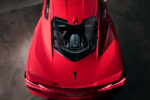


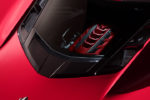
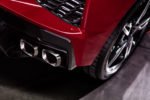
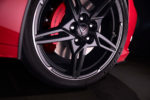
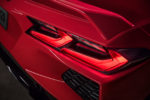
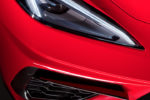
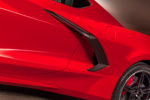
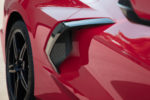
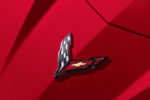
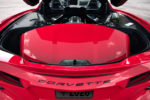
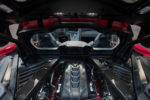
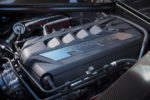
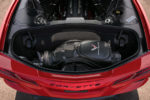
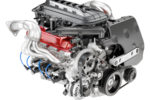
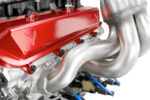

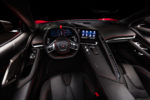
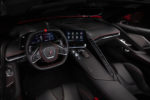
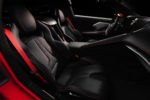
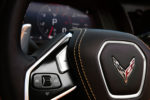

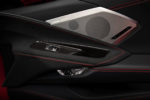
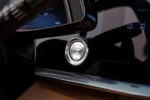
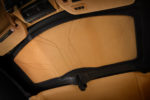
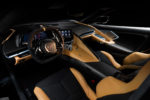
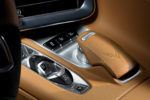
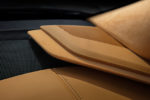

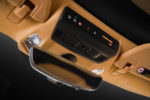
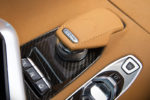
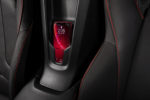
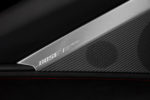

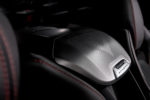
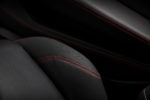



Comment